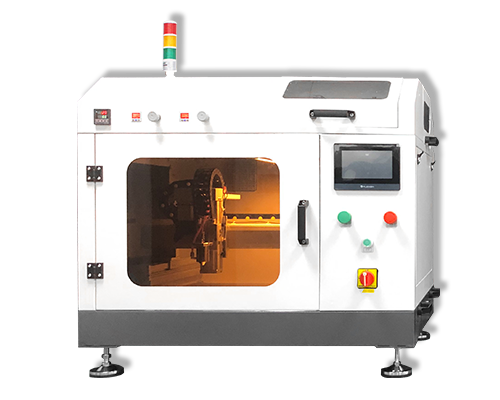Major processes in fuel cell MEA production
Major processes in fuel cell MEA production – Ultrasonic Coating – Cheersonic
To be able to generate electricity, the proton exchange membrane must be coated with catalyst on both sides of the film. The coating process must be able to ensure that the thickness of the catalytic layer is uniform and that defects such as cracks, particles, open bubbles, edge effects and serrations do not occur. The following coating processes are currently used in batch production
1. Squeegee coating
The working principle is shown in the diagram below. The film substrate passes through the coating rollers and comes into direct contact with the slurry trough. The main squeegee types are comma squeegees. Comma scrapers are one of the key components in the coating head and are generally machined into the surface of the round roller along the bus line to form a comma-like edge. These scrapers have high strength and hardness, are easy to control the coating volume and coating accuracy and are suitable for high solids and high viscosity pastes.
2. Roller coating transfer coating
The coating roller rotates to drive the paste, adjusts the paste transfer volume by means of comma squeegee gaps and transfers the paste to the substrate using the rotation of the backing and coating roller, the process is shown in the diagram below. Roller coating transfer coating consists of two basic processes.
(1) The coating rolls rotate to drive the paste through the metering roll gap to form a layer of paste of a certain thickness;
(2) The thickness of the slurry layer is transferred to the film by rotating the coating roll in opposite directions to the backing roll to form the coating.
3. Slit extrusion coating
As a sophisticated wet coating technique, shown below, the principle of operation is that the coating fluid is transferred to the substrate by extruding it under a certain pressure and flow rate along the slit in the coating die. Compared to other coating methods, it has many advantages, such as fast coating speed, high precision, uniform wet thickness; the coating system is closed to prevent contaminants from entering during the coating process, high slurry utilisation, the ability to maintain stable slurry properties, and the ability to coat multiple layers simultaneously. It can also be adapted to different paste viscosities and solid content ranges, which makes it more adaptable than the transfer coating process.
4. Ultrasonic coating
The coating process presents a major challenge to developers and manufacturers of fuel cells. Many of the coatings used in fuel cell manufacturing are suspensions and may contain precious metals, carbon, and ceramics, among others. These materials are often expensive, often clog nozzle-based spray technologies. Ultrasonic coating spray technology, are proven for the precise deposition of catalyst inks, electrolyte materials, slurries, and other proprietary materials, critical to PEM, DMFC and SOFC fuel cell production. With more accurate and reliable ultrasonic coating systems, material utilisation can be maximised, costs reduced and manufacturing efficiency improved.
About Cheersonic
Cheersonic is the leading developer and manufacturer of ultrasonic coating systems for applying precise, thin film coatings to protect, strengthen or smooth surfaces on parts and components for the microelectronics/electronics, alternative energy, medical and industrial markets, including specialized glass applications in construction and automotive.
Our coating solutions are environmentally-friendly, efficient and highly reliable, and enable dramatic reductions in overspray, savings in raw material, water and energy usage and provide improved process repeatability, transfer efficiency, high uniformity and reduced emissions.
Chinese Website: Cheersonic Provides Professional Coating Solutions


